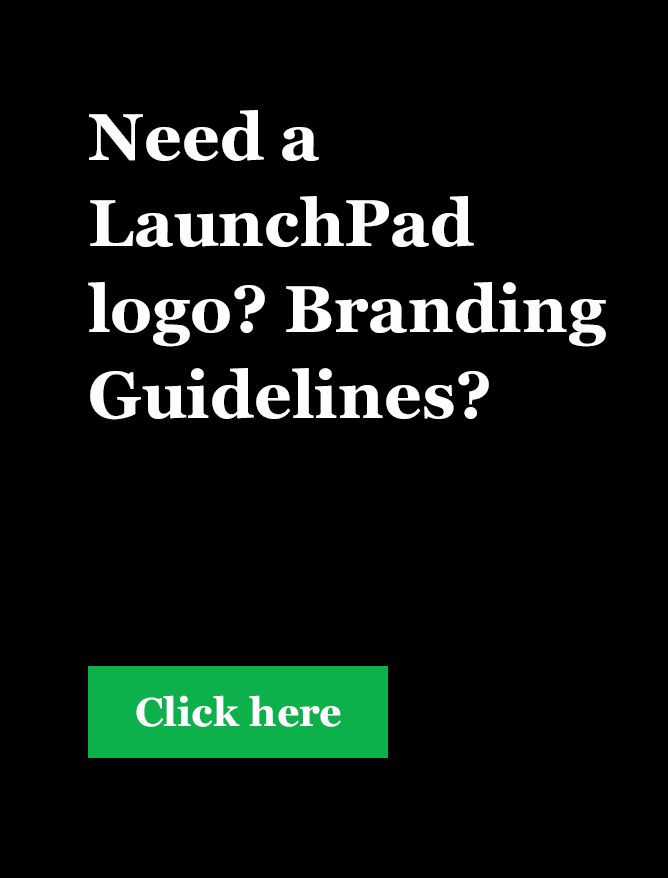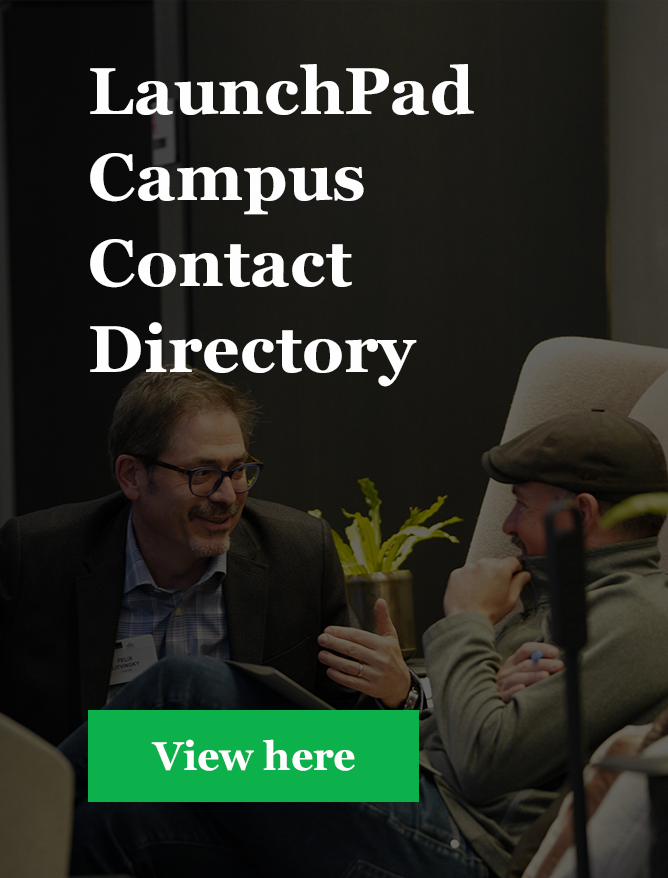Traditional education typically relies on professors transmitting a collection of facts on a subject, which constitutes existing knowledge, to students who passively memorize and absorb what they are taught. By the time a student earns a degree, especially a degree in engineering or the hard sciences, they’ve been asked more than 5,000 times to solve a problem by identifying the one known solution based on the known set of facts - and their grade depends on it. The issue with this model as it relates to a startup is that there is no known problem—that’s what an entrepreneur needs to figure out! And there definitely isn’t a single solution. The Brookings Institute refers to this kind of transformative educational experience as “hands-on, minds-on” learning.
 Further campus leader reading: Accelerating progress in education with hands-on, minds-on learning.
Further campus leader reading: Accelerating progress in education with hands-on, minds-on learning.
Students with early stage startups are often tempted to go directly to building a product or service, but this is often a mistake. Instead, your students will have the greatest chance for success by starting the process with a really thorough understanding of the problem they wish to solve. This is achieved through direct customer interview + empathetic listening + insight based on their own experience, coursework, and creativity about what is possible.
The formulation of a problem is often more essential than its solution.
- Albert Einstein
Keys for Students to Running Successful Customer Interviews:
- Interview in person. In-person empathy interviews are the best way for students to gather information about the problem they are trying to solve. The in-person aspect is key, so that students can observe small physiological changes, like seeing the customer’s pupils dilate, or noting a small gesture that is loaded with meaning. These conversations are more useful than phone or email interviews, group interviews, or surveys (which, in an effort to speed data collection, students often prefer).
- It takes two. Two students are necessary to effectively interview a potential customer—one to ask questions and one to take notes on what the interviewee says (transcript), what he/she is feeling throughout the experience, and how the interviewer is performing.
- Ask open-ended questions. Encourage students to avoid leading questions (and confirmation or refutation questions); Instead, suggest they ask neutral, open-ended questions. They should ask first functional/service questions, then drill down to the social, and finally even further down into the emotional component. Encourage them not to interrupt those they are interviewing and give (“awkward silence”) space for additional commentary.
- Talk to everyone. When students are developing a B2B product or service, encourage them to conduct customer interviews with all the characters involved in the sales process: the user, the advocate, the person who can “say yes”, the check-writer, and if possible, a saboteur. (Similarly, when developing a product or service where customer and user are different, students should conduct multiple interviews with both players.)
- Interview and interview some more. Empathy interviews can and should be utilized by students both globally about a problem or product or service, as well as narrowly later on in the development process, to explore specific product and services attributes or features.
- Do your homework. Students should complete the Planning Your Interviews and Themes and Questions forms before their first customer interview. This will help ensure the students are prepared to conduct the most efficient and effective interview opportunities. Filling out the Problem vs Solution Definition questions will help guard against hindsight bias - where students may feel they “know” the experiences and expectations of customers after conducting just a few interviews.
- Do the rest of your homework. Students should use the Top Ten Insights and Empathy Mapper + Worksheet questions after completing a significant number of customer interviews to identify tensions and motivators with customers. Encourage them to consider both trending/repeated sentiments and outliers.
- Synthesize learnings. Students should then synthesize these down to Jobs to be Done: What jobs will their customers hire them to do or what product will their customers pay for (in the customers’ own language around that) given the job to be done.
Confirmation bias comes from when you have an interpretation, and you adopt it, and then, top down, you force everything to fit that interpretation.
- Daniel Kahneman
Recommended Student-Director Meetings:
- An initial meeting with your students to review their planned questions (checking on for biased or leading questions) may be helpful. This can also provide an opportunity to role play with students, making them more comfortable having this first conversation.
- Scheduling a secondary meeting with your student teams after their first planned interview to hear how it went, encourage them to further investigate, review their notes, and discuss ways to improve their next experience.
- Then consider a third meeting with your student teams after they’ve conducted five interviews, and have begun to complete the Empathy Mapper + Worksheet questions. Challenge them about whether they are talking with the appropriate individuals.
- Meet a final time after 10-15 interviews, once they’ve arrived at the Jobs to Be Done step. (Pro tip: If students are struggling to find people to interview, that is a warning sign the problem is not significant.)
Note: While experimenting is covered in this module, it may be better to discuss testing with your students after some time has passed after initial customer interviews. (It takes time, given their other academic and personal commitments, for students to develop a prototype or pre-alpha version of an application.) Campus leaders may need to set reminders to check in with students and ensure that they’re making progress. This is a common phase where disengagement can occur.
For more information and to view the complete Techstars Entrepreneur’s Toolkit module described here, please click: Understand Your Customer






